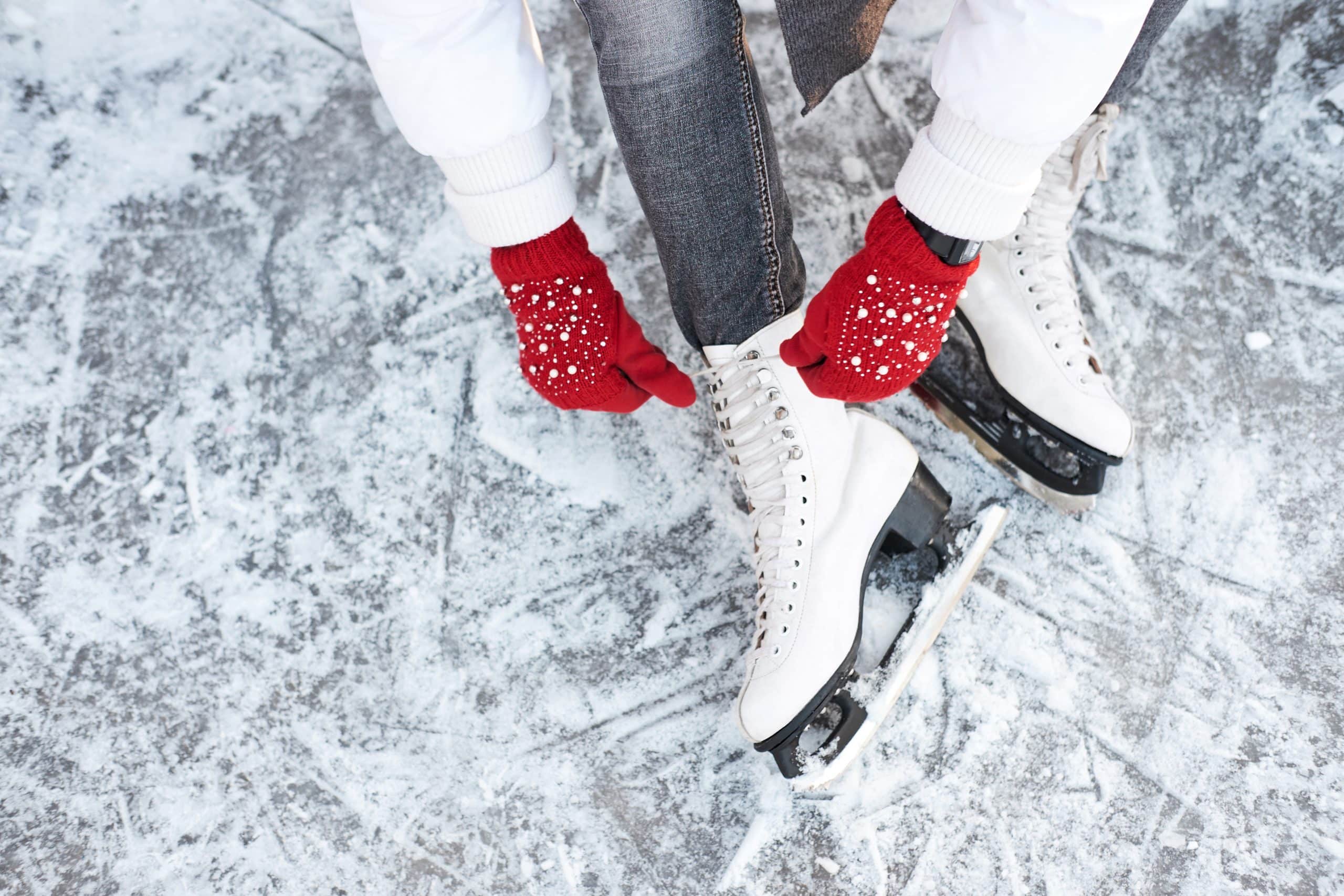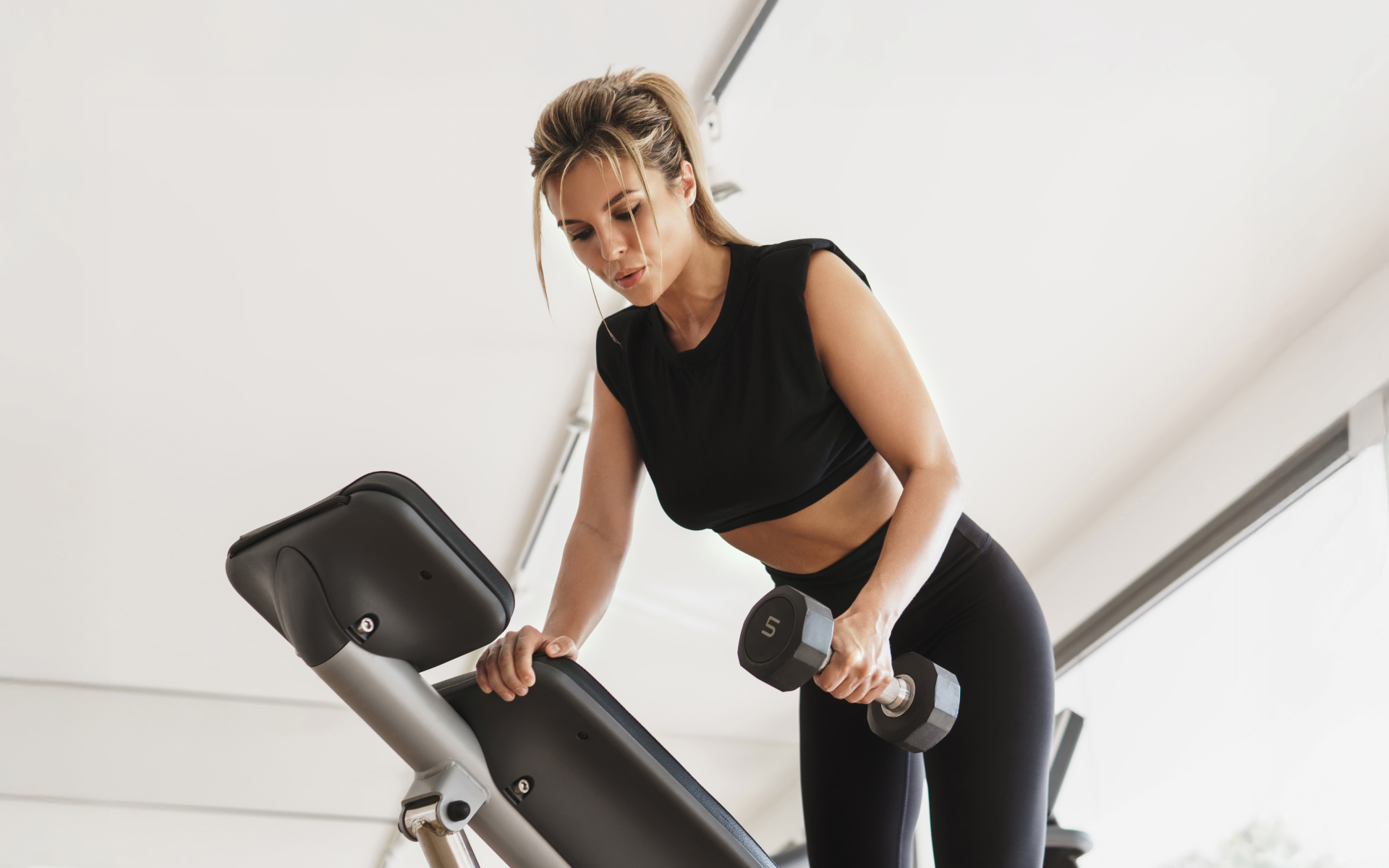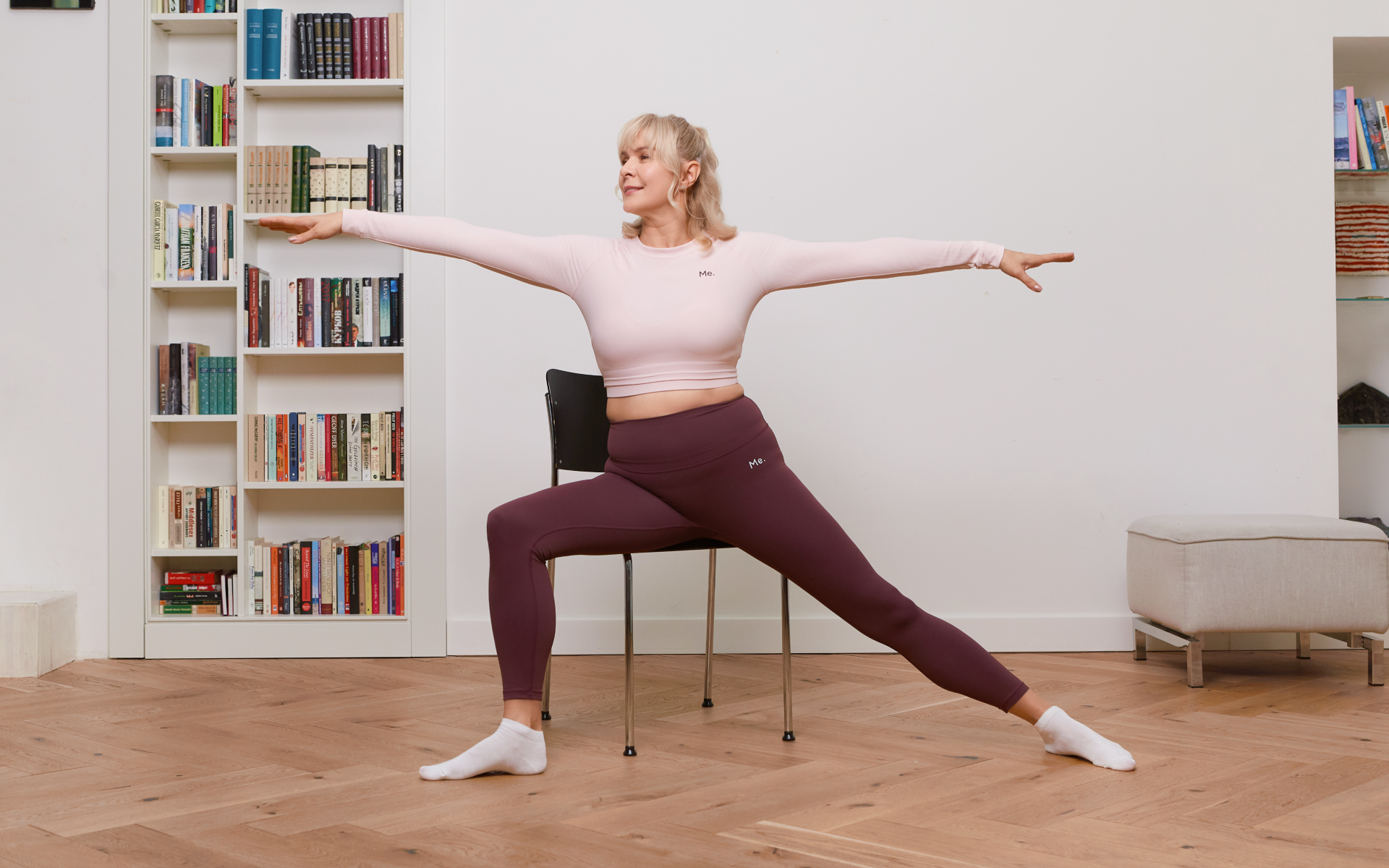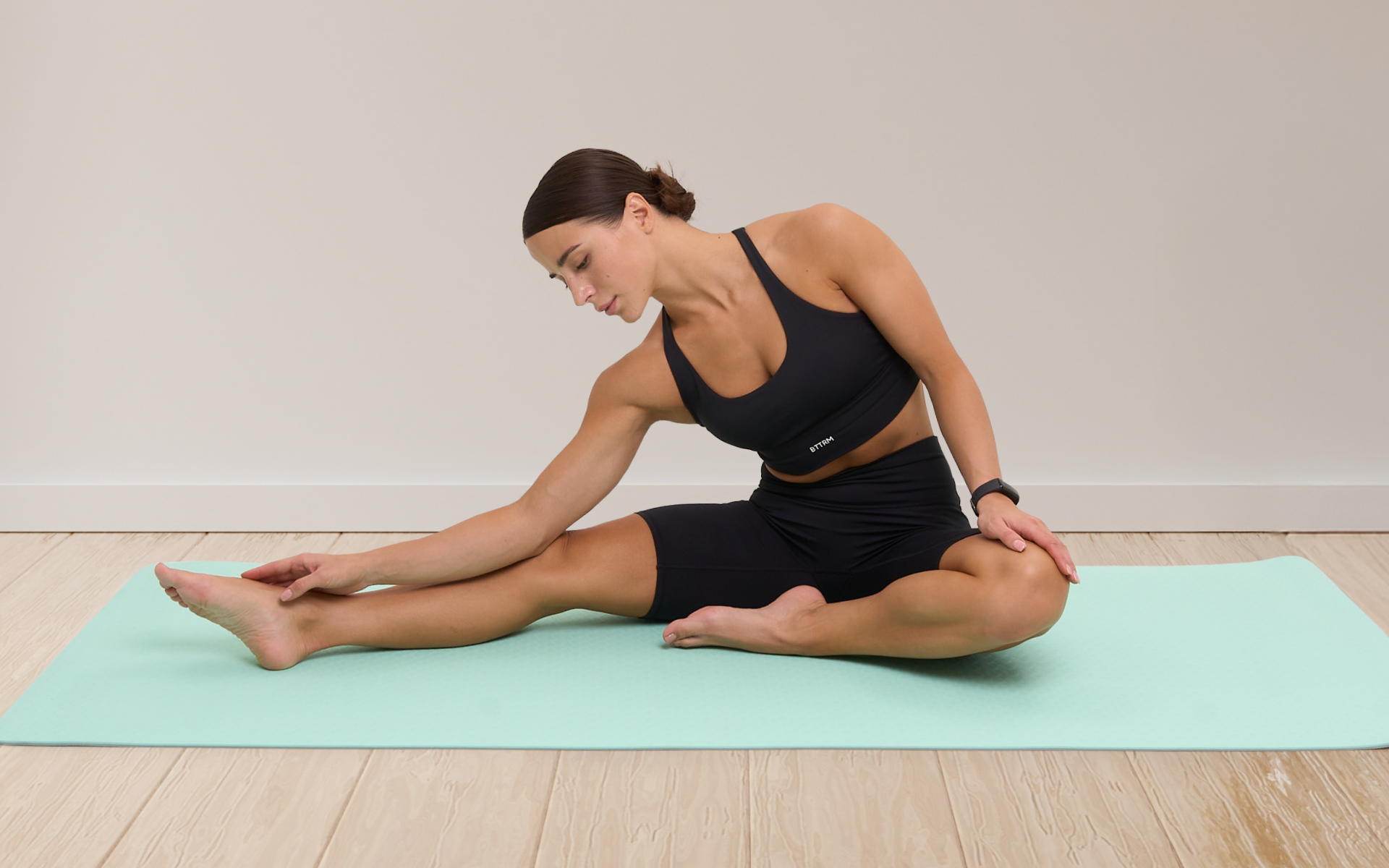fIce skating is an age-old winter pastime, captivating spectators with grace and elegance traced on ice by seasoned skaters.
Like some other physical activities, ice skating offers more than just aesthetic appeal—it’s also a surprisingly effective way to burn calories.
Imagine a world where you can combine the thrill of gliding across the ice with a rigorous, full-body workout. That’s exactly what ice skating offers.
But before you get too excited and lace up your skates, it’s a good idea to understand exactly how many calories are burned during ice skating and what you can do to maximize its fitness benefits.
Let’s look into exactly how this seemingly leisure activity can turn into a powerful workout and help you achieve your fitness goals.
How Many Calories Burned In 1 Hour Ice Skating?
You can burn anywhere between 400-600 calories per hour while ice skating, depending on your weight and intensity level (2).
This puts it on par with other popular cardio exercises like running and cycling. However, the calorie-burning potential of ice skating can vary greatly based on various factors such as speed, duration, and terrain.
Here’s why:
First, let’s talk about speed. The faster you skate, the more calories you burn. It’s as simple as that. Think about it like this: when you’re skating at a leisurely pace, you’re using less energy and thus burning fewer calories.
When you pick up the pace and start skating faster your heart rate increases and you burn more calories. For instance, a person who does a brisk skate for an hour could burn around 500 calories, while someone who skates more intensely could burn up to 700 calories (2).
Dropping pounds by the dozens without putting yourself through the wringer is everyone’s weight loss pipe dream. But what if we told you that the BetterMe app can make that happen? Keep yourself in prime shape with our fat-blasting workouts, delicious budget-sparing recipes, and body-transforming challenges with our app!
Second, the duration of your ice skating session can significantly affect your calorie burn. It’s a game of longevity—the longer you stay on the ice, the more calories you burn. An hour-long session will obviously burn more calories than a quick 15-minute skate.
That said, if your goal is to burn as many calories as possible, aim for longer sessions on the ice. For example, if you burn 500 calories per hour, extending your session to two hours will take that up to a whopping 1000 calories (2).
Third, how much you weigh directly affects the number of calories you burn while ice skating. A person who weighs 180 pounds will naturally burn more calories while ice skating, compared to a person who weighs 120 pounds, given that they’re both skating at the same intensity and for the same duration (3).
Simply put; a heavier person needs to exert more energy to move their body and stay balanced on the ice, resulting in a higher calorie burn.
Lastly, terrain can also play a big part in determining calorie burn. Even though ice surfaces tend to be flat, the condition of the ice can create variations that make you work harder.
Skating on smooth, well-maintained ice requires less effort than skating on rough, uneven ice. Also, outdoor skating, where you have to contend with wind resistance, can increase the intensity of the workout.
So, a one hour session on a windy outdoor rink should result in more calories burned while ice skating than the same amount of time on an indoor rink.
Can You Burn a Lot of Calories Ice Skating?
Yes; ice skating can burn up to 600 calories per hour. In fact, competitive figure skaters have been known to burn upwards of 1000 calories in a single performance. But how can you turn ice skating into an even more effective workout? You don’t need to be ice skating for 2 hours, try the following tips and tricks:
Master The Basics
Your safety is paramount on the rink; before you amp up the intensity, make sure you have a good grasp of the basics. Ensure your posture is correct and that you’re skating with proper form.
According to experts, good skating technique involves keeping your knees slightly bent, your weight forward, and your arms relaxed by your sides. Make sure to keep a steady pace and avoid excessive gliding or coasting.
Incorporate Intervals
If you’re looking for a more intense workout on the ice, consider adding intervals to your routine.
Intervals involve alternating between periods of high-intensity skating with rest periods of lower intensity skating. It’s an excellent way to boost your heart rate, increase calorie burn and improve overall fitness (4).
For example, you can skate at a moderate pace for two minutes followed by 30 seconds of all-out sprinting. Repeat this pattern throughout your session and you’ll be amazed at the difference it makes.
Add Some Resistance
If simply skating isn’t challenging enough for you, consider adding some resistance exercises to your routine.
You can do this by using equipment ankle weights. If you’re not familiar with what ankle weights are, they are weighted bands that strap around your ankles to add resistance and make your muscles work harder.
You can also incorporate resistance training by carrying small weights in each hand while skating. This will engage your arms and upper body, providing a full-body workout. Note, carrying weights is only for advanced skaters who have mastered balance and form.
Read more: How Many Calories Does Bowling Burn?
Skate Backwards
While this may sound counterintuitive, skating backward can increase the engagement of different muscle groups and may require more concerted effort than skating forward.
Try skating backward for intervals or find an open space where you can practice it consistently. This will not only help with balance and coordination, but it will also give your muscles a new challenge and enhance your calorie burn. Make sure you are proficient and advanced in skating before attempting this.
Track Your Calorie Burn
Don’t fall into the trap of thinking you’re getting a good workout just because you’re on the ice. The only way to know if any of the strategies you’re trying are working is to track your calorie burn.
You can do this using a fitness tracker, or a heart rate monitor. These devices can give you an measurement of your calorie burn and help you set goals for future ice skating workouts.
Skate Consistently
An effective workout for any fitness goal is one that is done consistently. The same applies to ice skating; the more you do it, the more calories you will burn and the stronger your muscles will become. Plus, as you improve your skills and technique, you’ll be able to skate with more intensity for longer periods.
A Yoga Before or After Workout guide would be a helpful resource if you’re looking to create a routine that’s beneficial.
Does Skating Build Muscle?
Skating can help build muscle by strengthening the muscles in your legs, core, and upper body for balance, coordination, and endurance. It’s one of the ice skating benefits for weight loss, as a body with a higher muscle mass will burn more calories at rest.
Here’s how skating engages different muscle groups:
Legs (Quadriceps, Hamstrings, and Calves)
Skating primarily uses the muscles in your legs for propulsion and balance. These muscles include the quadriceps, hamstrings, glutes, and calves. As you push off and glide on the ice, your leg muscles contract and relax, building strength and endurance over time.
Additionally, skating requires a lot of balance and stability, which also engages smaller muscle groups in your legs.
Check out our piece on Nordic Walking Technique to discover other ways of engaging your leg muscles for strength and endurance.
Core (Abdominals and Lower Back)
Your core muscles are responsible for keeping you stable and balanced while skating. These include your abdominal muscles, obliques, and lower back muscles.
As you move and turn on the ice, your core muscles are constantly engaged to keep you upright and in control. This can help you build strength and definition in these muscle groups.
Upper Body (Arms, Shoulders, and Back)
While skating may seem like primarily a lower-body workout, it also engages your upper-body muscles. As you swing your arms for balance and rhythm, you are using the muscles in your shoulders, back, and arms.
Additionally, skating requires proper posture and alignment, which can help to strengthen your upper back muscles.
Want to build an attention-grabbing bubble butt, blast away fat that’s stored in all the wrong places, spring-clean your diet, turn back the clock on your skin, skyrocket your self-confidence and shatter your insecurities? Check out the BetterMe app and set this plan in motion!
Does Ice Skating Burn More Calories Than Running?
Ice skating does not necessarily burn more calories than running. A 150-pound person can burn approximately 600 calories per hour while ice skating, and around 800 calories per hour while running at a moderate pace of 7 miles per hour (2).
When you compare the two activities, running may burn more calories due to its higher intensity and impact on the body. However, ice skating can still be an effective workout for weight loss when done consistently and incorporating different techniques such as intervals and resistance training.
Read more: What Does 3000 Calories Look Like?
The Bottom Line
Ice skating is not only a fun winter activity but also a great way to burn calories and improve overall fitness. By understanding how speed, duration, weight, and terrain affect your calorie burn, you can tailor your ice skating routine to maximize its effectiveness.
DISCLAIMER:
This article is intended for general informational purposes only and does not serve to address individual circumstances. It is not a substitute for professional advice or help and should not be relied on for making any kind of decision-making. Any action taken as a direct or indirect result of the information in this article is entirely at your own risk and is your sole responsibility.
BetterMe, its content staff, and its medical advisors accept no responsibility for inaccuracies, errors, misstatements, inconsistencies, or omissions and specifically disclaim any liability, loss or risk, personal, professional or otherwise, which may be incurred as a consequence, directly or indirectly, of the use and/or application of any content.
You should always seek the advice of your physician or other qualified health provider with any questions you may have regarding a medical condition or your specific situation. Never disregard professional medical advice or delay seeking it because of BetterMe content. If you suspect or think you may have a medical emergency, call your doctor.
SOURCES:
- 6 Reasons why Roller Skating is THE way to stay Healthy (2017,cardiffskateschool.co.uk)
- Calories Burned Calculator (2023,calculator.net)
- Do Heavier People Burn More Calories and When is Heavy Healthy? (2022,confident-living.org)
- Interval training: More workout in less time (and you can do it) (2018,harvard.edu)










